How to Choose Stainless Steel Self-Drilling Anchor Bolts: A Complete Selection Guide
Time:2025-11-12From:sinorock View:
Stainless steel self-drilling anchor bolts are widely used in tunneling, mining, and infrastructure projects due to their excellent corrosion resistance and efficient installation. Compared with carbon steel bolts, stainless steel options offer longer service life, lower maintenance, and improved structural reliability.
Choosing the right stainless steel self-drilling anchor bolt requires evaluating several key factors — geological conditions, corrosion environment, design loads, site constraints, project timelines, and overall cost-effectiveness.
This practical guide by Sinorock explains how to select the most suitable anchor bolt type for your project.
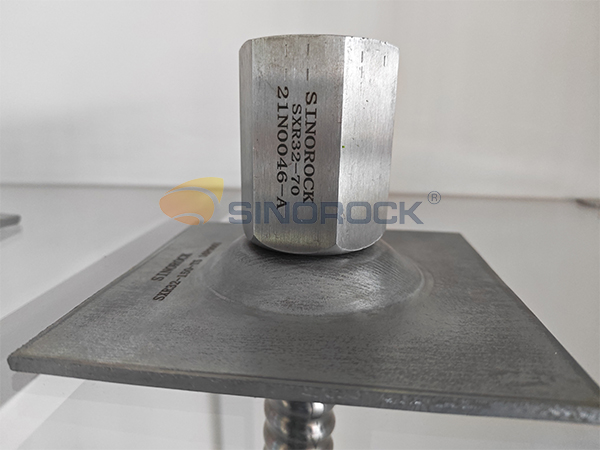
1. Geological and Environmental Considerations
Ground conditions and corrosion risks are foundational to bolt selection.
1.1 Engineering Geological Conditions
Geology shapes bolt design:
Soil/Rock Type: Soft soils require larger diameters (50mm+) and reinforced bits for grip; hard rock needs high-strength rods; fractured zones demand longer bolts (10m+).
Groundwater: High water levels risk borehole collapse, necessitating waterproof grout (e.g., resin) and wet-resistant bolts.
Ground Stress: High-stress areas (e.g., deep mines) need bolts with tensile strength above 150kN, often with enhanced threads.
Geotechnical surveys and tests (e.g., drilling or sampling) guide diameter (20mm-150mm) and length selection for optimal performance.
1.2 Corrosion Environment Assessment

Stainless steel bolts outperform carbon steel in corrosion resistance, but material choice varies:
Low-Corrosion Areas: Dry inland sites can use 304 stainless steel for cost-effective mild moisture resistance.
High-Corrosion Areas: Coastal, chemical, or acidic soil environments require 316L stainless steel, with molybdenum for salt and acid resistance, lasting 50-100 years.
Extreme Conditions: Marine platforms may need 2205 duplex stainless steel for superior durability.
Unlike stainless steel, carbon steel bolts’ galvanized coatings fail in 5-15 years in harsh conditions, requiring frequent maintenance. Assess humidity, pH, and salinity to confirm material suitability.
2. Design and Construction Considerations
Load requirements and site constraints drive bolt suitability and installation.
2.1 Design Load Requirements

Bolts must meet structural needs:
Load Capacity: Match diameter and length to loads (e.g., tunnel or slope forces). Heavy projects may need 50mm+ bolts with >100kN tensile strength.
Grouting: Self-drilling bolts use cement or resin grout for bonding, requiring compatible materials for soil conditions.
Standards: Choose bolts meeting ISO 1461 or ASTM standards, verified by pull-out tests. Stainless steel outperforms carbon steel in high-load stability.
2.2 Construction Space Constraints
Site conditions impact installation:
Tight Spaces: Tunnels or basements need compact rigs and short bolts (1-3m) for maneuverability.
Challenging Terrains: Steep slopes or high-altitude sites require lightweight equipment and modular bolts.
Equipment Fit: Ensure bolt specs align with rig power to avoid delays. Carbon steel bolts, especially non-self-drilling, require extra drilling, increasing space needs, while stainless self-drilling bolts streamline work.
3. Timeline and Cost Considerations
Project schedules and budgets finalize bolt selection.
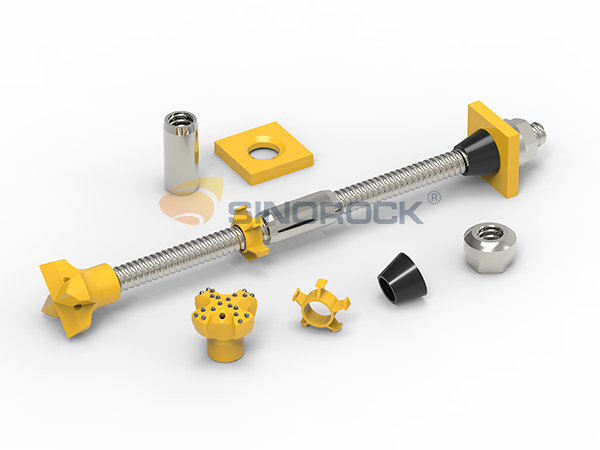
3.1 Project Timeline Requirements
Stainless self-drilling anchor bolts excel in tight schedules:
Installation Process: Self-drilling skips pre-drilling, saving 30-50% time compared to carbon steel bolts, ideal for urgent repairs.
Crew and Equipment: Large projects need multiple rigs and skilled workers, e.g., simultaneous tunnel operations.
Weather Resilience: Use weather-resistant grout in rain or cold to maintain schedules.
3.2 Cost-Effectiveness Analysis
Balance upfront and long-term costs:
Material Costs: Stainless steel costs 30-50% more than carbon steel but reduces maintenance expenses.
Installation Savings: Self-drilling cuts labor and equipment costs, shortening timelines.
Long-Term Value: Stainless steel’s 50-100 year lifespan suits long-term projects, unlike carbon steel’s frequent replacements.
Lifecycle cost analysis (LCCA) shows stainless steel’s cost-effectiveness in corrosive or long-term applications.
4. Frequently Asked Questions (FAQ)
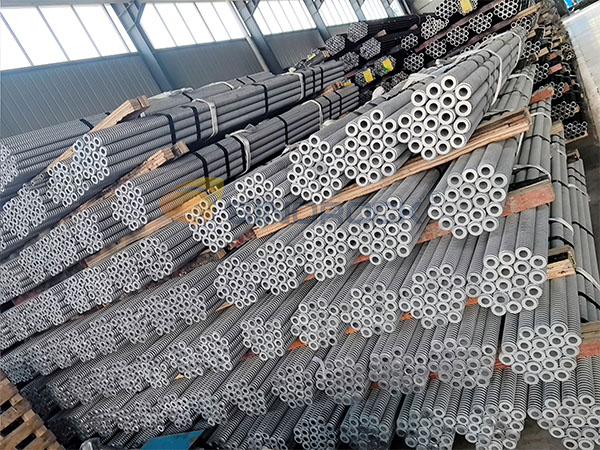
Q: How do I pick the right material grade?
A: Use 304 for dry areas, 316L for coastal or chemical sites, 2205 for extreme conditions.
Q: What about complex geology?
A: Surveys guide selection of larger or reinforced bolts.
Q: How much more costly is stainless steel?
A: 30-50% higher upfront, but lower long-term costs.
Conclusion
Choosing stainless steel self-drilling anchor bolts requires assessing geology, corrosion, loads, construction limits, timelines, and costs. Compared to carbon steel, they offer unmatched durability and efficiency. Collaborate with engineers and suppliers, using site data to select bolts that ensure project safety and success.
latest news
-
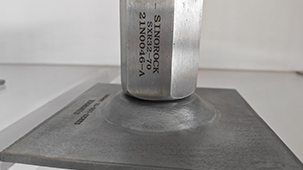
- How to Choose Stainless Steel Self-Drilling Anchor Bolts: A Complete Selection Guide
- Time:2025-11-12From:This Site
- Learn how to choose the right stainless steel self-drilling anchor bolts for tunneling and mining projects. Compare 304, 316L, and 2205 grades for durability and cost-efficiency.
- View details
-
.jpg)
- Common Failures For Hollow Anchor Bar Tunnel Construction
- Time:2025-10-28From:This Site
- Common failures in hollow anchor bar tunnel construction: causes, solutions, and Sinorock’s self-drilling bolt technology for safer tunnels.
- View details
-

- Top 6 Critical Steps for Self-Drilling Anchor Bolt Construction
- Time:2025-10-23From:This Site
- Master the 6 critical steps for self-drilling anchor installation! Boost construction safety and efficiency with expert grouting and drilling tips.
- View details
-
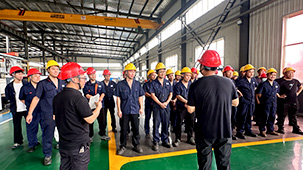
- Sinorock 2025 Quality Month | Strengthening Quality Foundations, Empowering Product Excellence
- Time:2025-08-13From:This Site
- Sinorock’s 2025 Quality Month, themed “Strengthening Quality Foundations, Empowering Product Excellence,” successfully concluded, reinforcing our commitment to superior product quality.
- View details
-
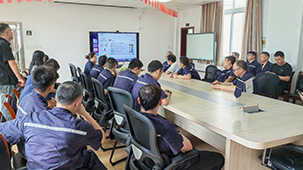
- Sinorock Safety Month 2025 | Everyone Speaks Safety, Everyone Can Respond
- Time:2025-07-03From:This Site
- Sinorock Safety Month 2025, centered on the theme "Everyone Speaks Safety, Everyone Can Respond - Spot Workplace Hazards," has wrapped up successfully!
- View details
-
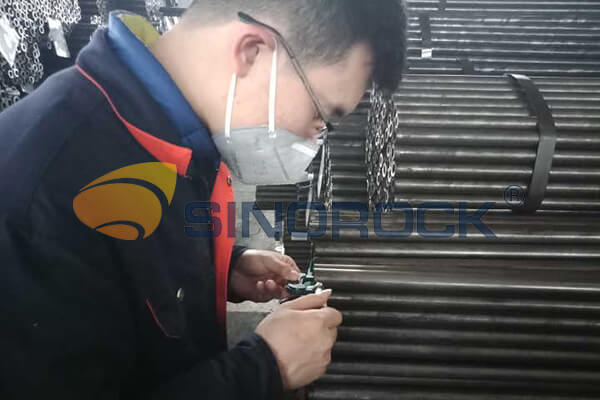
- Quality Control: the Vital Factor of A SDA Bolt Factory
- Time:2025-01-09From:This Site
- Sinorock’s comprehensive quality control system, from supplier management to outgoing inspections, ensuring the highest standards for self-drilling anchor bolts in construction.
- View details
-
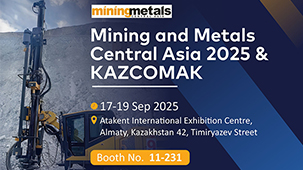
- SINOROCK to Showcase Innovative Mining Solutions at Mining and Metals Central Asia 2025
- Time:2025-09-09From:This Site
- We are pleased to share that SINOROCK will participate in the Mining and Metals Central Asia 2025, taking place from September 17 to 19 at the Atakent International Exhibition Centre in Almaty, Kazakhstan. You can find us at Booth 11-231.
- View details
-

- Sinorock Invites You to Explore Proven Self-Drilling Anchor Bolt Solutions at bauma 2025
- Time:2025-03-07From:This Site
- From April 7–13, 2025, explore Sinorock’s Self-drilling anchor bolt solution at Booth C2.513/4 in Hall C2 of the Messe München Exhibition Center (Munich, Germany).
- View details
-
.jpg)
- SINOROCK to Attend EXPOMINA PERÚ 2024 in Lima, Peru
- Time:2024-08-10From:This Site
- Sinorock to Attend EXPOMINA PERÚ 2024 in Lima, Peru
- View details
 Download
Download 


